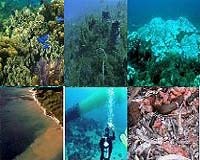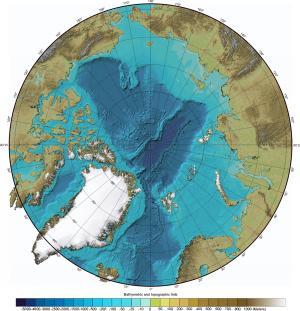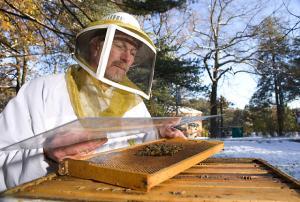As vast and far-reaching as the world's oceans are, every square kilometer is affected by human activities, according to a study in the journal
Science by researchers at the University of North Carolina at Chapel Hill and others.
The international team of scientists integrated global data from 17 aspects of global change - from overfishing to global warming - that threaten 20 different marine ecosystems, such as coral reefs and continental shelves. Similar to an online satellite map that lets you add layers of highways, retail stores, schools, parks, etc., to find the most congested areas or the highest concentration of fast food restaurants, the global threat map highlights areas in the ocean where threats overlap.

|
| ©Unknown
|
| The Science study showed that rising ocean temperatures are the most pervasive threat, and almost half of all the world's coral reefs have recently experienced medium- to high-level impacts.
|


